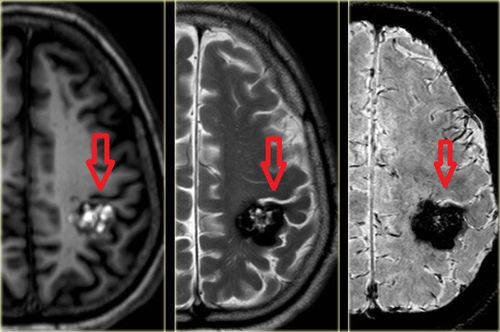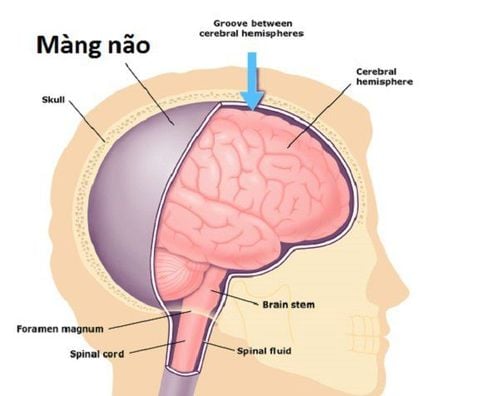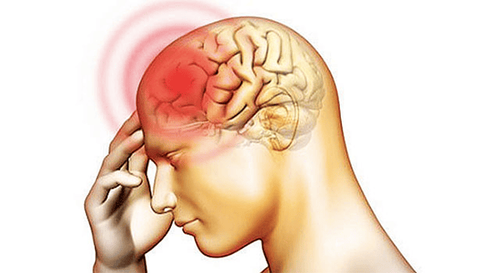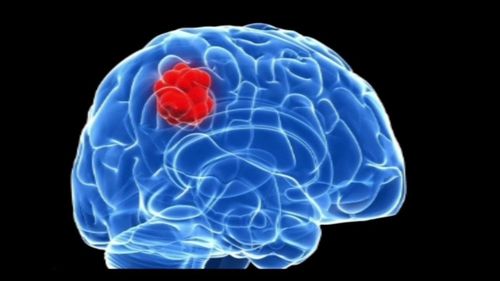This is an automatically translated article.
Brain tumor is one of the most feared enemies, which can directly threaten human health and life. One of the most commonly used treatments for brain cancer is radiation therapy.
1. Brain cancer and its treatment
Radiation therapy is the use of high-energy X-rays or particles to destroy tumor cells. Doctors may use radiation therapy to slow or stop the growth of a brain tumor. This method is usually given after surgery and possibly along with chemotherapy.
The most common type of radiation treatment is called external beam radiotherapy, which is radiation given from a machine outside the body. When radiation treatment is done using an implanted device, it is called internal radiation therapy or brachytherapy.
A brain tumor radiotherapy regimen or schedule usually includes several specific treatments given over a certain period of time.
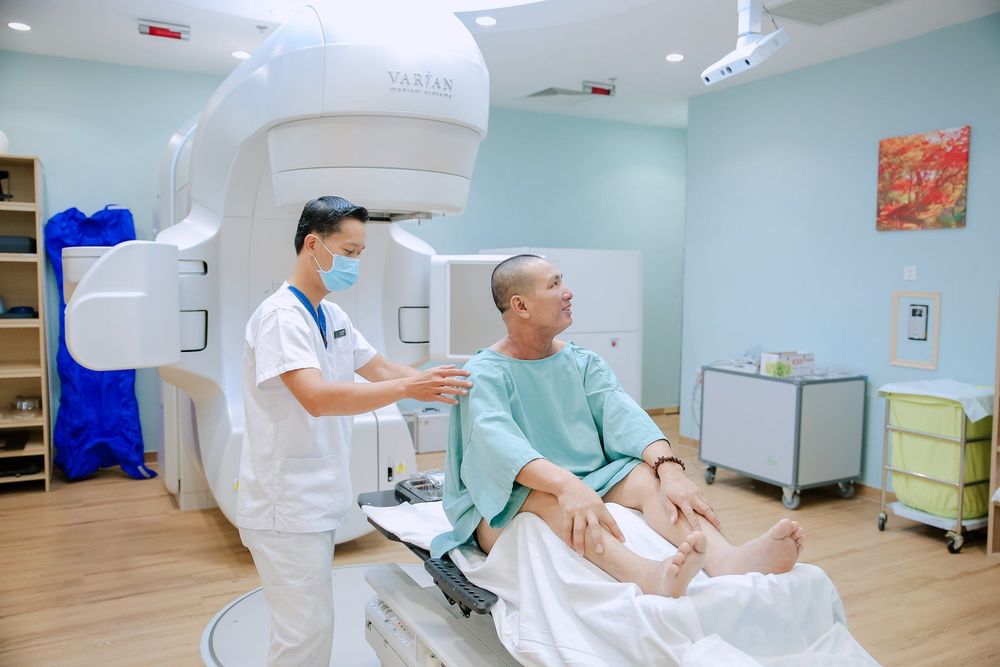
Xạ trị là việc sử dụng tia X năng lượng cao hoặc các hạt để tiêu diệt các tế bào khối u.
2. Brain cancer radiation therapy
External beam radiation therapy can target brain tumors in the following ways:
2.1. Conventional radiation therapy
In this method, the treatment site is determined based on anatomical landmarks and X-rays. In certain situations, such as whole brain radiation therapy for brain metastases, this technique is appropriate. For more precise targeting, different techniques are required. The amount of radiation given depends on the extent of the tumor.
2.2. 3D frame radiotherapy (3D-CRT)
This method uses images from CT and MRI scans, a 3D model of the tumor and the surrounding healthy tissue is observed on a computer. This model can be used to target radiation beams directly at tumors, removing healthy tissue from high-dose radiation therapy.
2.3. Intensity Modulated Radiation Therapy (IMRT)
Intensity Modulated Radiation Therapy (IMRT) is a type of 3D-CRT that can more directly target the tumor. It can deliver a higher dose of radiation to the tumor while delivering less to the surrounding healthy tissue. In intensity modulated radiotherapy, radiation beams are divided into smaller beams, and the intensity of each of these smaller beams can be varied. This means that more intense beams, or more radioactive beams, can only hit the tumor directly.
2.4. Proton therapy
Proton therapy is a type of external beam radiation therapy that uses protons instead of X-rays. At high energies, protons can destroy tumor cells. Proton beam therapy is often used for tumors when less radiation is needed because of location. This includes tumors that have grown into nearby bone, such as the base of the skull, and those near the optic nerve.
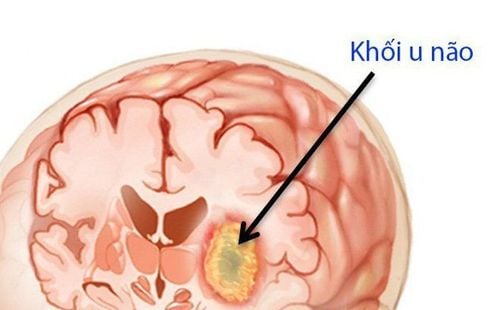
Xạ trị bằng tia bên ngoài có thể chiếu thẳng vào khối u não
2.5. Stereotactic radiosurgery
Stereotactic radiosurgery is the use of a single high dose of radiation directed at tumors and unhealthy tissue. It works best for tumors in only 1 area of the brain and some noncancerous tumors. It may also be used when a person has more than 1 metastatic brain tumor. There are different types of stereotactic radiosurgery devices, including:
A variable linear accelerator is a machine that generates high-energy radiation by using electricity to form a stream of fast-moving subatomic particles . Gamma knife is another form of radiation therapy that focuses highly focused beams of gamma radiation on the tumor. A cyber knife is a robotic device used in radiation therapy to direct radiation to tumors, especially in the brain, head, and neck regions. 2.6. Fractional stereotactic radiotherapy
Radiation therapy is performed with isolation accuracy but is divided into small daily doses, and administered over several days or weeks, as opposed to 1-day radiotherapy. This technique is used for tumors located near sensitive structures, such as the optic nerve or brain stem.
With these different techniques, doctors are trying to be more precise and reduce radiation exposure to surrounding healthy brain tissue. Depending on the size and location of the tumor, a radiation oncologist may choose any of the above radiation techniques. In some situations, a combination of techniques may work best.

Nhức đầu là tác dụng phụ của xạ trị thường xảy ra
3. Side effects of radiation therapy
Side effects of radiation therapy usually occur in the treatment area and are usually temporary, but some can last for several months or years or be permanent. Side effects vary depending on whether the tumor is in the brain or spinal cord. These may include:
Nausea - usually occurring several hours after treatment Headache - often occurring during treatment Fatigue and worse at the end of treatment; may continue to build up after treatment, but usually improves over a month or so and lasts one to two weeks before it goes away Hair loss - can occur in the area being treated for brain tumors and can be permanent Hearing loss - can occur if fluid builds up in the middle ear and can persist forever. Side effects specific to spinal cord tumors include problems with swallowing (difficulty swallowing) and diarrhea. Both of these symptoms are temporary.
If any side effects develop, talk to your treating doctor so the condition can be improved. A small number of adults who have had radiation therapy for brain tumors have side effects that appear months or years after treatment. These are called late effects and can include symptoms such as poor memory, confusion, and headaches. Problems can develop depending on the part of the brain that has been treated.
High doses of radiation to the pituitary gland can cause the pituitary gland to produce too much or too little of specific hormones. This can affect body temperature, growth, sleep, weight, and appetite. Hormone levels in your pituitary gland will be monitored during treatment.
Vinmec International General Hospital with a system of modern facilities, medical equipment and a team of experts and doctors with many years of experience in medical examination and treatment, patients can rest assured to visit brain tumor examination and treatment at the hospital.
Please dial HOTLINE for more information or register for an appointment HERE. Download MyVinmec app to make appointments faster and to manage your bookings easily.
References: cancercouncil.com.au, cancer.net, hopkinsmedicine.org
MORE:
Glioblastoma: What you need to know Brain cancer: Causes, symptoms, diagnosis and treatment Brain: What you need to know




